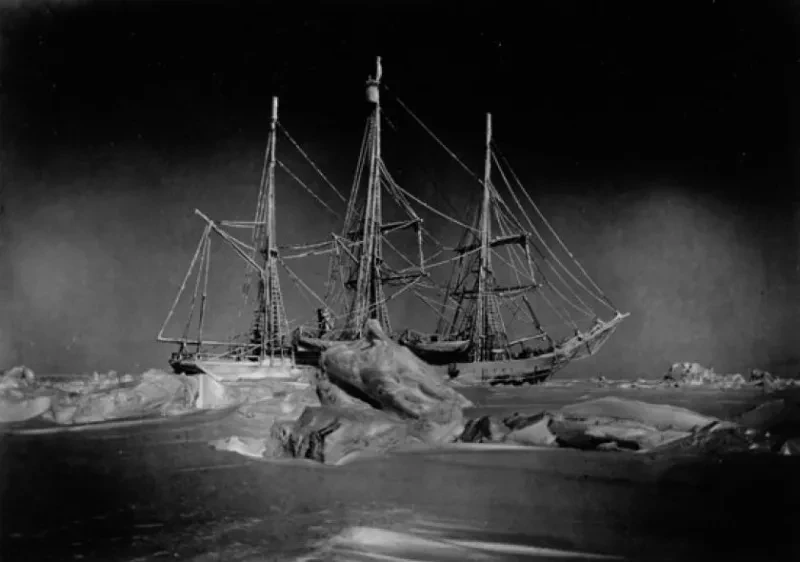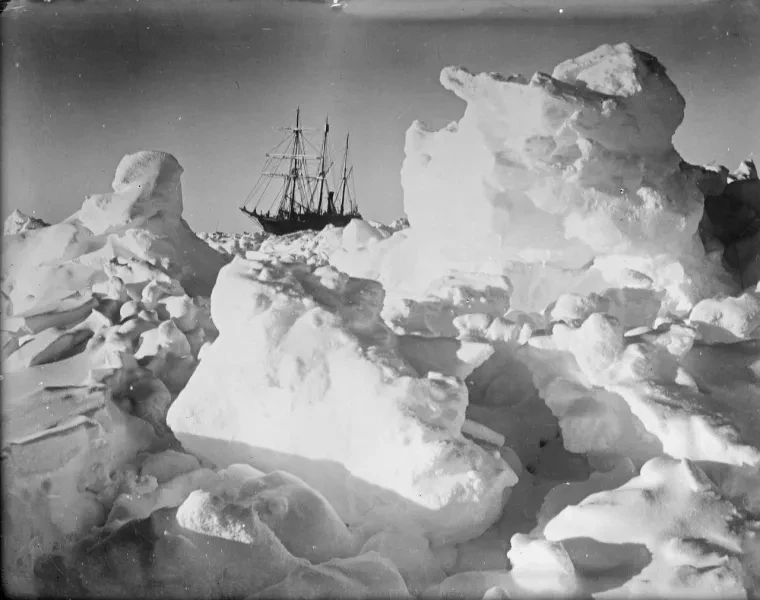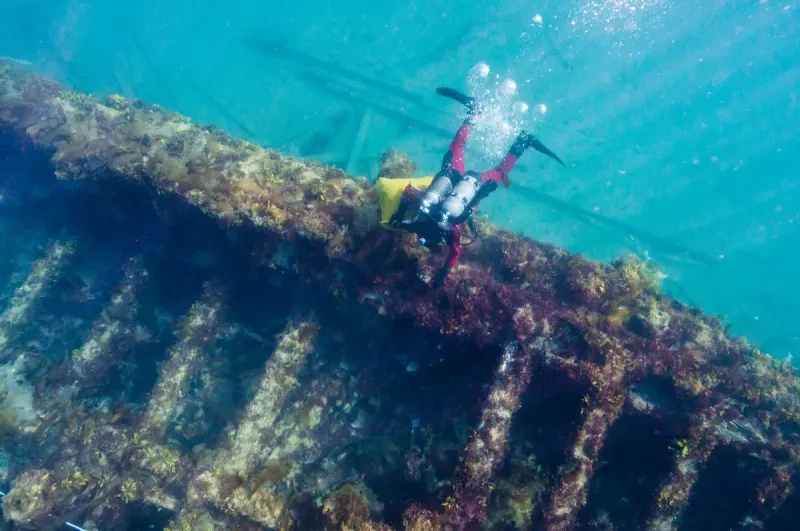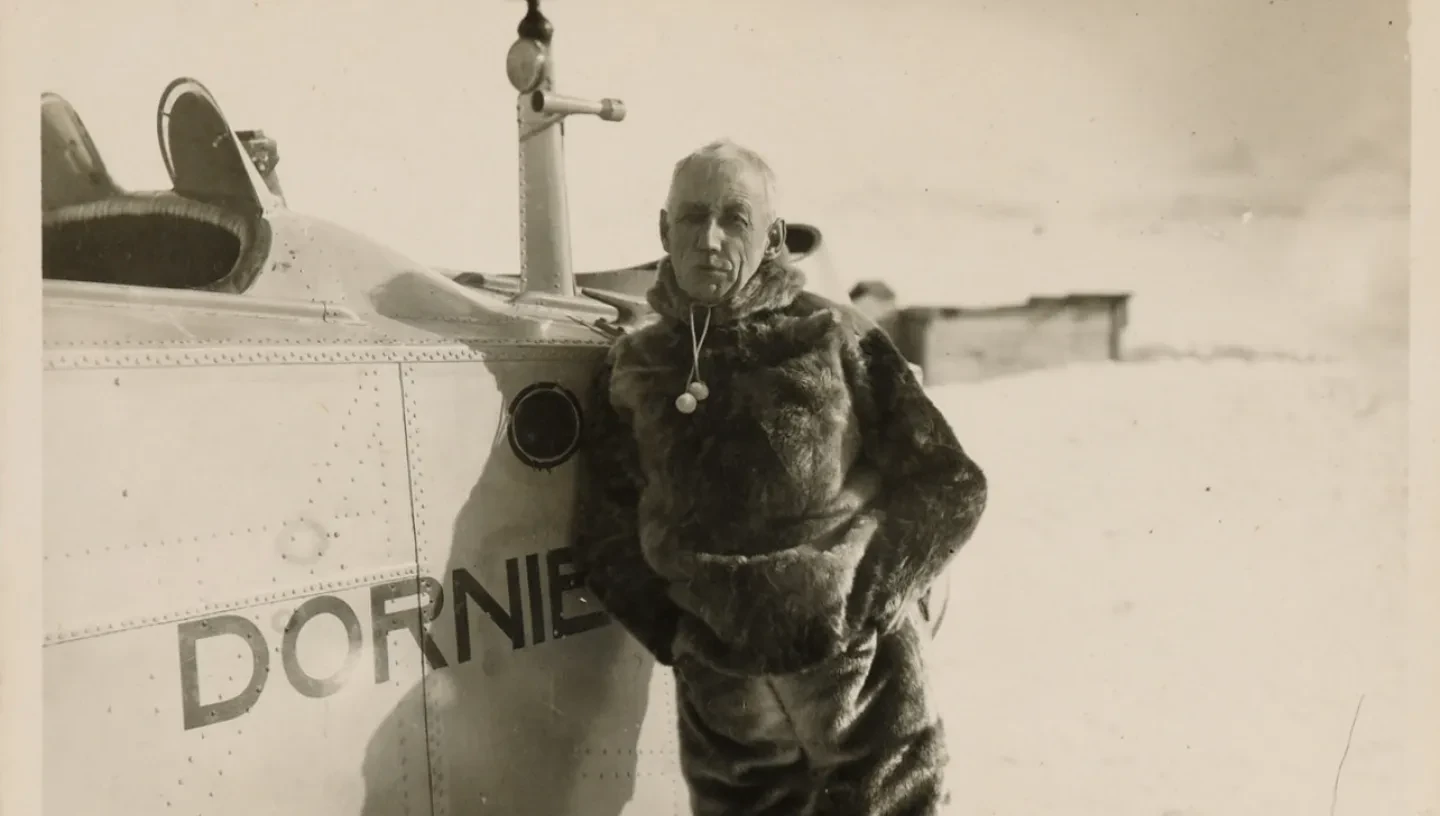
Roald Amundsen is one of history’s most celebrated explorers, famous for navigating the North-West Passage and being the first to reach the South Pole.
Norwegian-born Amundsen was the first person to sail through the North-West Passage, the first man to reach the South Pole and the first to take a transarctic flight across the North Pole.
Early years
Roald Engebreth Gravning Amundsen was born in 1872 in Borge, Norway. At an early age, he became fascinated by polar exploration, sleeping with his bedroom windows open during the worst Norwegian winters to help condition himself for his future career. He even quit university to head to sea with Arctic whaling skippers.
Amundsen's father was a ship owner, and he came from a family of people connected to the sea. His mother had wanted him to be a doctor, a career he began to study for until her death, when he focused his attention on his true interest: exploration.
North-West Passage
In 1899, Amundsen joined the Belgian ship Belgica, which became the first expedition to winter in the Antarctic. Then, in 1903–06 he became the first explorer to sail through the North-West Passage, in his own ship Gjøa.
After this expedition, Amundsen had planned to head to the North Pole, but when he heard it had been claimed by two Americans, Robert Peary and Frederick Cook, he turned his attention south. He planned to claim the South Pole for Norway.
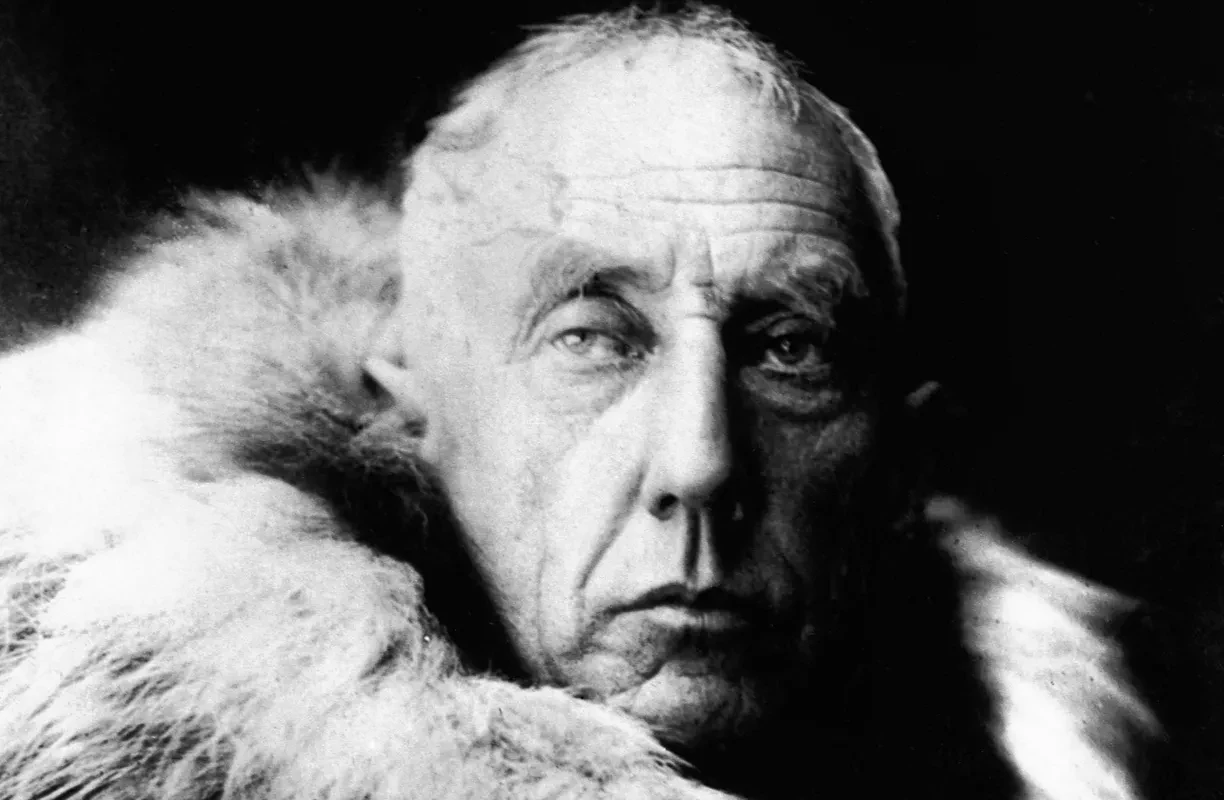
Claiming the South Pole
Amundsen was as highly regarded for his skills in organisation and planning as he was for his expertise as an explorer, and he kept his plans to head south very secret. His journey to the South Pole saw him go head to head with the British explorer Captain Robert Falcon Scott and the race was on to be the first to claim it.
Amundsen looked to the communities in the places he was exploring for guidance on the best practices. He learn to use furs, drive dogs and build igloos as he sailed through the North West Passage, and used these skills when travelling to the South Pole. This kind of preparation and organisation was key to Amundsen.
"Victory awaits those who have everything in order – people call that luck. Defeat is certain for those who have forgotten to take the necessary precautions in time – that is called bad luck.” - My Life as an Explorer, Roald Amundsen.
In the end, Amundsen was victorious, raising the Norwegian flag at the South Pole on 14 December 1911. He reached the pole 33 days before Scott and his team. He knew that it was because of his team that he had been able to achieve this, and so every member of the team had a hand on the Norweigan flag pole when it was placed in the ground.
To celebrate they had champagne that the cook, Adolf Lindstrom, had been keeping in his sleeping bag at night, to keep it from getting too cold.
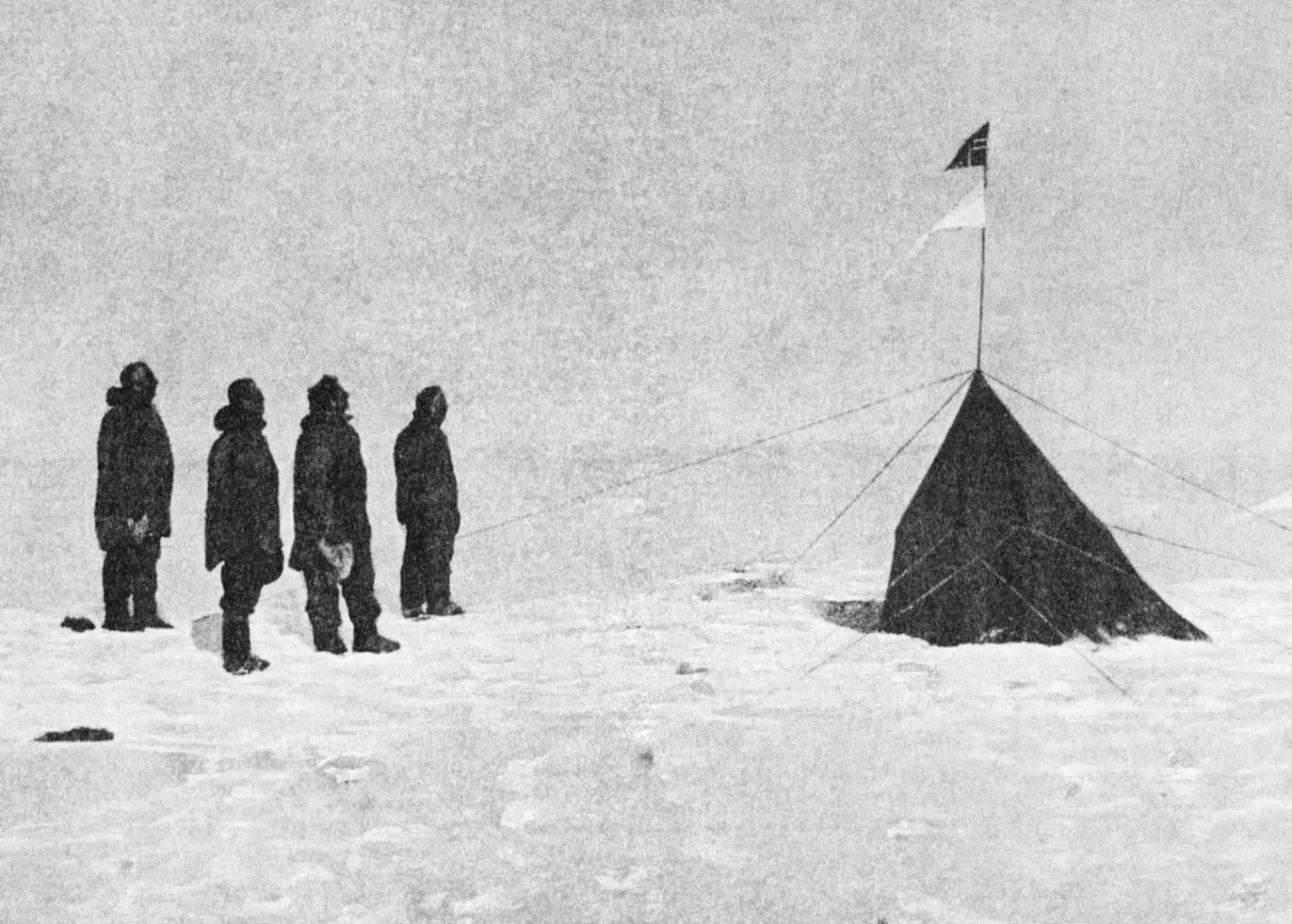
Flying to the North Pole
During the First World War (1914–18), Amundsen made money from supplying ‘neutral’ shipping. He went on to become only the second person to complete the North-East Passage around Siberia. He made history again in 1925, when, with his backer Lincoln Ellsworth and pilot Hjalmar Riiser-Larsen, he flew the airship Norge to Alaska via the North Pole – the first transarctic flight across the Pole.
Fulfilled, Amundsen now felt able to retire, but his life was to end in tragedy in 1928 when he died in a plane crash over the Arctic Ocean, during the search for survivors of a lost airship.
Find out more about North-West Passage exploration
Discover more about Amundsen and Scott’s race to the South Pole
